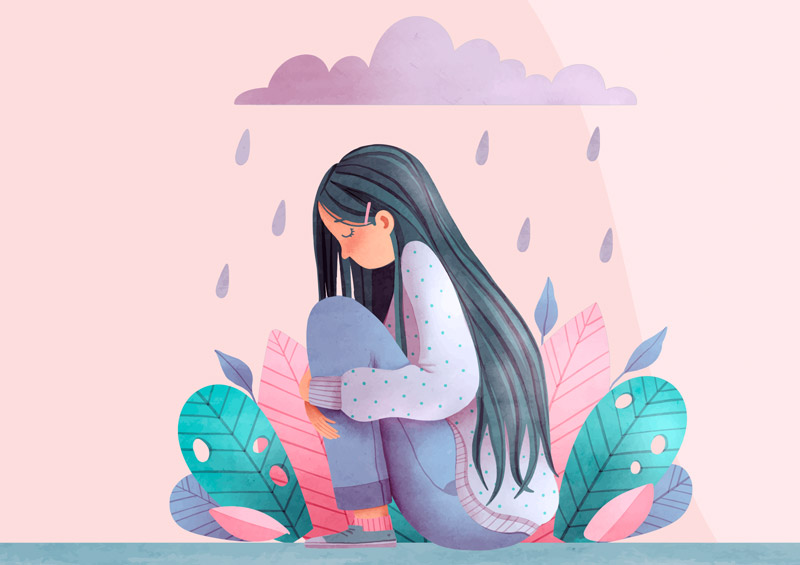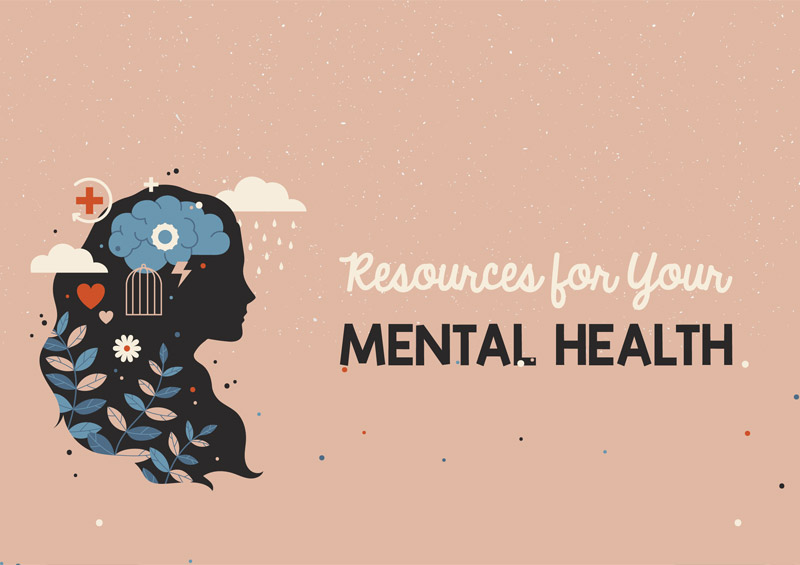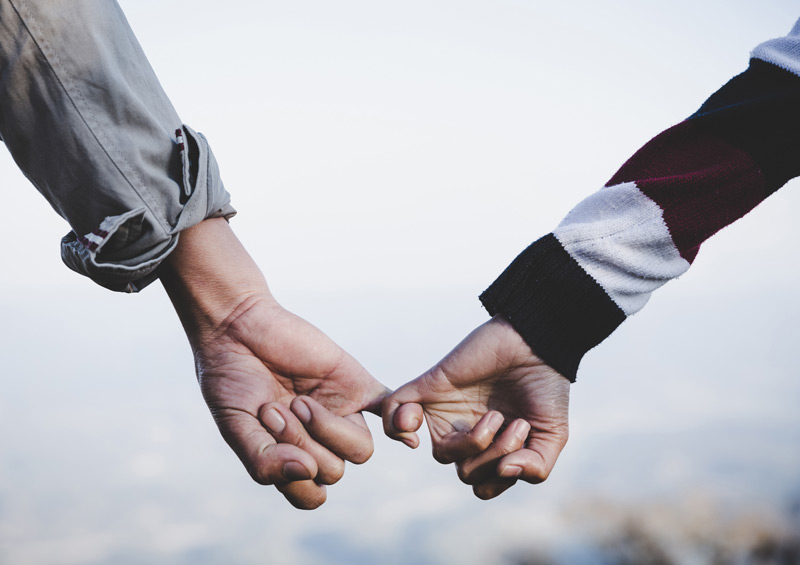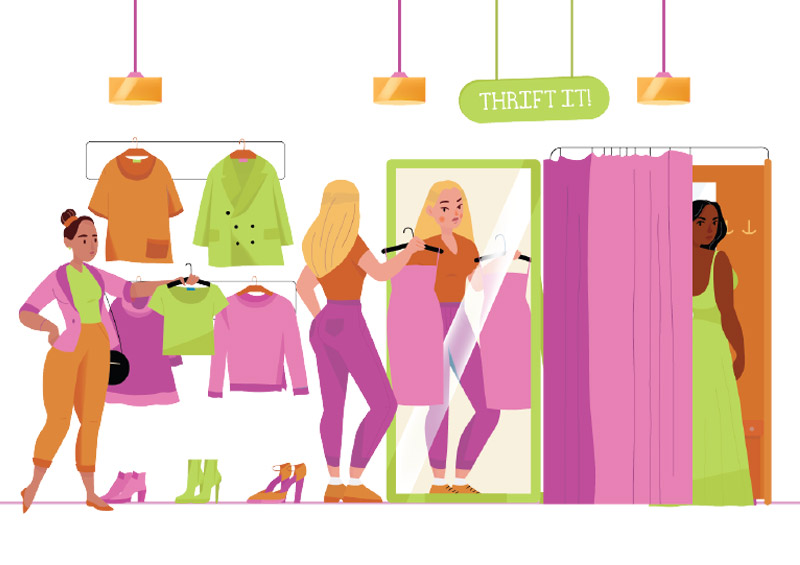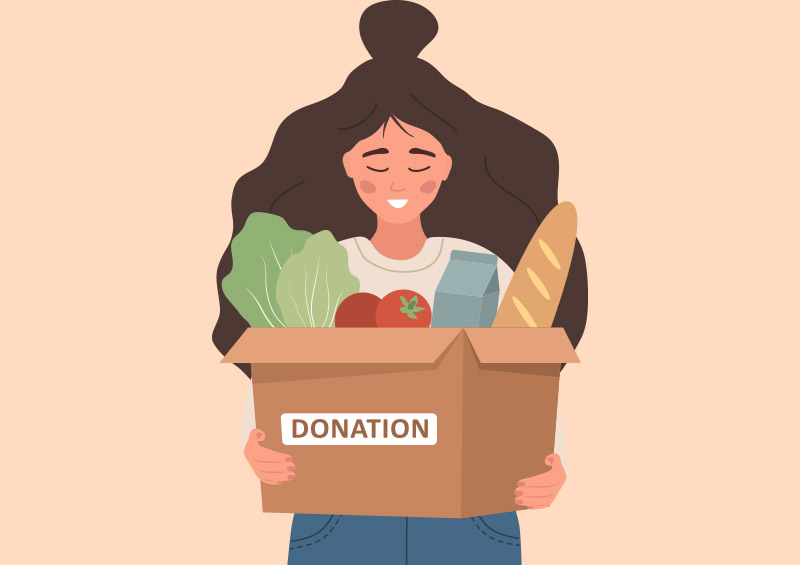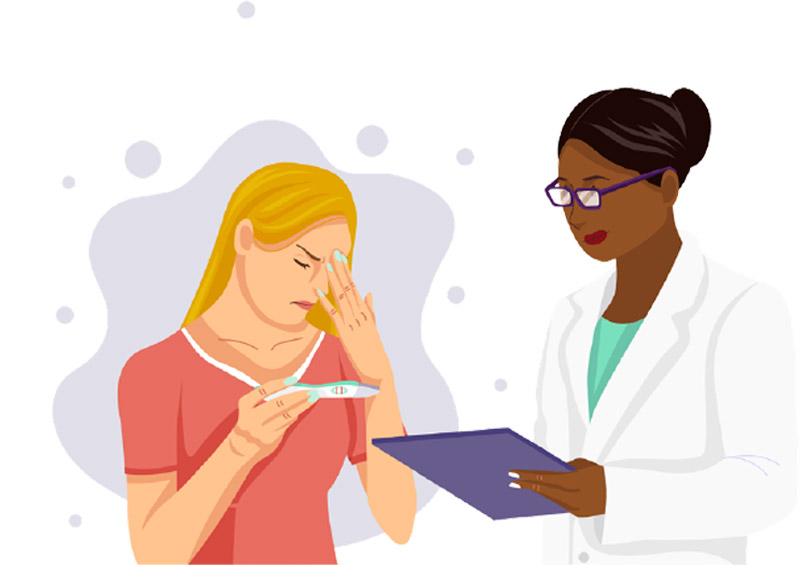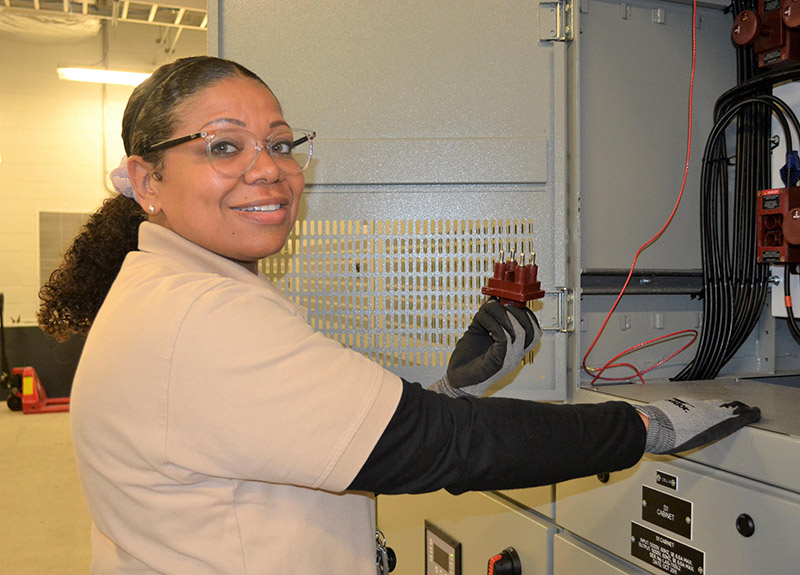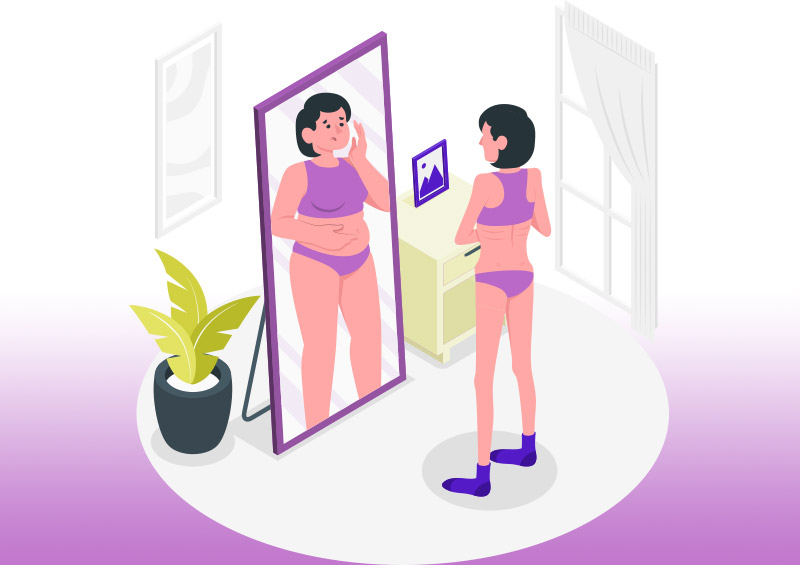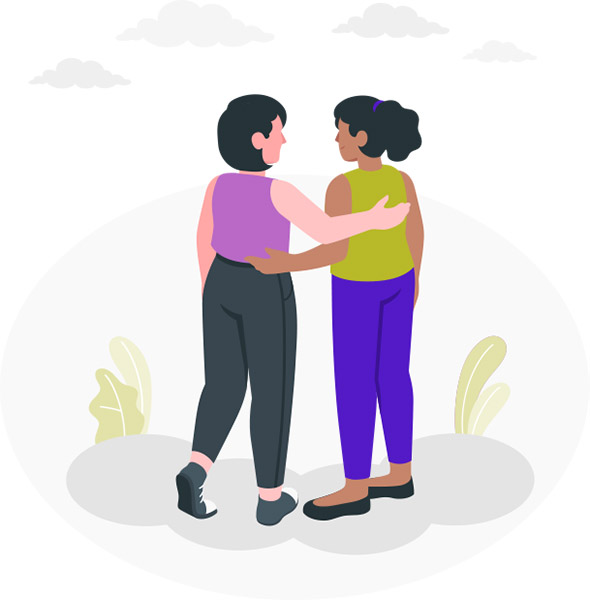Every Saturday, my best friend, Elaine, and I would meet at Barnes & Noble at exactly 12:30 p.m. and spend the whole afternoon there. Afterwards we would sleep at one or the other’s house, unless someone had important plans. We did that for five years. What made us become such close friends was our love of reading. We were super fans of Harry Potter, Twilight, and the Divergent series. I’m not sure how I missed it when she got sick.
When I realized that Elaine was having problems, I didn’t really understand what an eating disorder was, nor did I know how to talk to her about it. I just saw my friend transform from the most energetic and lively person I knew into someone who was always tired and worried. I don’t even think that she realized what she was doing to herself. Elaine was diagnosed with anorexia nervosa last year, at the age of 14.
Although I didn’t completely understand what she was going through, I knew that she was my best friend. I wanted to make sure I was always there for her. We had done absolutely everything together until then. I knew everything about her crush, her favorite ice cream, and why she always painted her pinkie nails orange. She shared my offbeat humor (Daria, anyone?) and was always down for a tumbling competition. We also both had a not-so-healthy anxiety about school and our weight. Our parents put pressure on us to keep our grades up—we were both overachievers who competed for the top grade—and stressed a healthy lifestyle, a nutritious diet, and regular fitness. I knew the importance of balance. Elaine, however, always complained about how her body looked. She would compare herself to every girl she saw.
We spent many hours scrolling through TikTok and Instagram posts, but while mine varied between Stranger Things fan posts and new book reviews, Elaine’s were mostly from the dieting and fitness accounts she followed. Her feed often showed ultrathin girls, or women with tiny waists and wide hips. She constantly worried about her weight, if she was fit enough, and asked me constantly if I thought she was bigger or smaller than other girls.
One day, Elaine didn’t show up at school and was not responding to text messages. She had recently been more of a homebody, so, at first, I didn’t worry. But after three days of her absence, I missed her and knew something had to be wrong. I waited until the end of the week to see if she might show up or finally text me back, but she never did. Finally, I called her mom. She told me that Elaine had been hospitalized and that I could go see her after school. When I heard her say those words, my heart dropped. She would not give me details, and I had a feeling she did not want me to go see Elaine.
I was glad that Elaine told me everything as soon as I visited her. She had been outside exercising in sweats on a sweltering Louisiana summer day. When she got home, she had passed out on the kitchen floor. She had barely eaten for two days. The stress of the summer heat combined with the lack of food energy caused her body to give out. Her father found her and she was rushed to the emergency room. Her doctors discovered that she was 20 pounds underweight and sent social workers to interview her and her parents. She told me that the social workers were questioning her to see if her parents were neglecting her and how awful it made her feel because she felt the blame.
When I saw Elaine in the hospital, I felt like it was all my fault, and that if I had paid just a bit more attention, or been a better friend, then everything could have been prevented. Looking back, I saw so many signs. She stopped participating in activities. She seemed sensitive to comments about her weight. At school, she stopped having lunch with our friends. I knew about her Instagram obsession, but I didn’t think it would have such dangerous consequences. Maybe most telling was her looking smaller over the course of the school year. She would wear baggy clothes, hiding her body form, despite her typical trendy styles. I knew it was unlike her, and I felt the weight of not questioning her about what was happening.
An eating disorder is a serious mental illness that can have potentially life-threatening consequences. There are numerous different types of eating disorders, but the three most common ones are bulimia, anorexia, and binge eating. Bulimia occurs when someone purges after eating, typically by vomiting or using laxatives. Anorexia is when a person severely limits or completely stops eating. Binge eating disorder is characterized by frequent overeating, often followed by feelings of intense shame or embarrassment. It is estimated that 28.8 million Americans have an eating disorder at some point in their lives. Most commonly, eating disorders develop during adolescence, and teen girls are at highest risk. Of teenagers diagnosed with anorexia, about 90% are female. However, anyone, regardless of age, race, or gender, can suffer from an eating disorder. Awareness is important because eating disorders affect many different people and their loved ones too.
Social media continues to have a negative impact on teenage girls’ mental health. Leaked Facebook papers claimed that one in three teenage girls said their body image issues had been made worse by Instagram. TikTok and Instagram recommend different feeds and posts based on people’s searches and the posts they like. Users who are concerned about their weight may receive videos on workouts for weight loss and extreme dieting, for example, which can encourage them to develop eating disorders.
According to the National Eating Disorders Association, if you suspect that your loved one may be developing an eating disorder, you can look out for some of the following behaviors and attitudes: rapid or extreme weight loss, fluctuating weight, extreme dieting and exercise, and obsessive control of food intake. Center for Change, an eating disorder recovery program, explains that if you think that someone is at risk and you want to help, prepare yourself with information, explain what you feel, what you’ve seen, and your fears. If you are young, telling a trusted adult about what you have observed is always a good approach.
My friend was in recovery for about a month and came back looking a lot more healthy. I visited Elaine about once a week during that time. After seeing what she went through, I decided to learn more about eating disorders and help spread awareness. I no longer feel guilty. Instead, I am proud of my friend for her strength and determination to get better, and proud of myself for how I supported her during a difficult and scary time. Elaine and I are showing everyone what it means to look out for one another.
“Comparison is the thief of joy,” they say, and it’s true. But someone else’s beauty doesn’t take away from yours.



